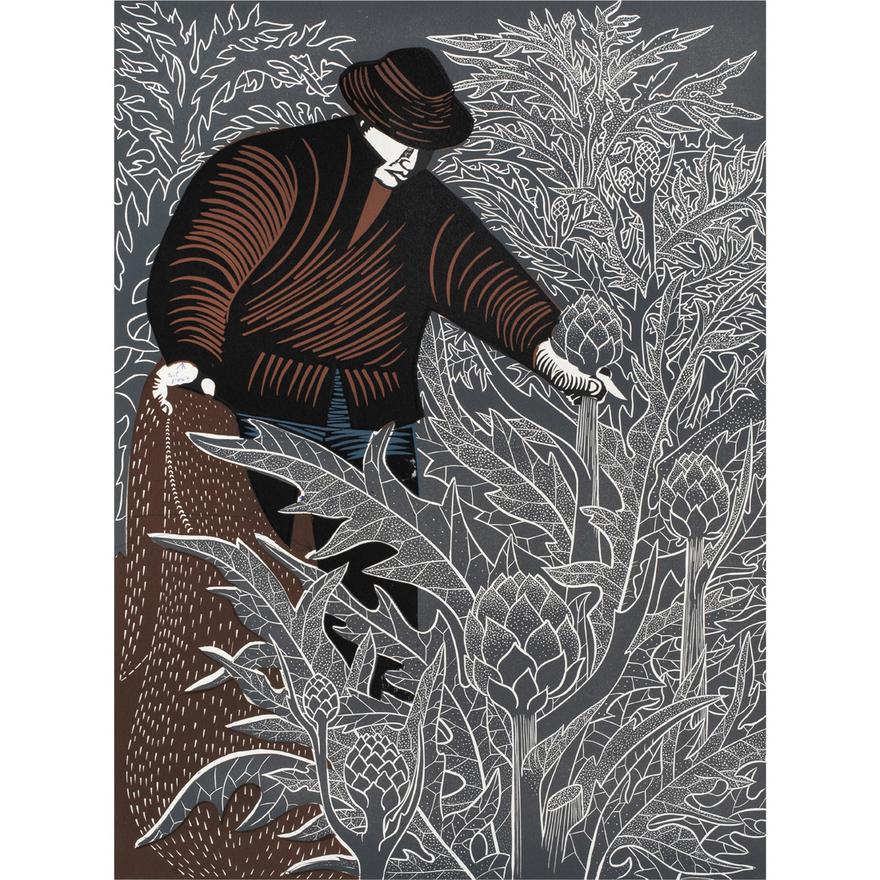
Emmy Lou Packard was a significant figure in American art, particularly known for her contributions to the California art scene in the mid-20th century. Packard’s art work celebrated ordinary people — their work, their history and their environment.
Born on April 15, 1914, in El Centro, in California’s Imperial Valley her family moved to Mexico City in the 1920’s. It was there that Packard was introduced to Diego Rivera, kickstarting Packard’s career under one of the great Mexican muralists. Packard developed a strong alliance and relationship with both Rivera and Frida Kahlo and learned how art can be a powerful form of social activism.

Packard eventually moved back to the United States and went on to study at the University of California, Berkeley. She reunited with Rivera in 1940, when the muralist asked Packard to be his chief assistant on the Pan American Unity mural. A sprawling vision of cultural unity in North America, Packard was painted into the mural and can be seen wearing a red sweater.

Packard’s own work is often associated with the California Regionalism movement, which focused on depicting the American landscape and everyday life. Her visit to the Richmond shipyards exposed her to all classes of American life, unified and working towards progress. Her appreciation of the working classes became evident when she chose linoleum prints as her medium, as it was a cheaper medium that most people could afford. Packard was also deeply connected to Mendocino, where she lived. She was able to capture the essence of the natural beauty that surrounded her, taking in local colors and unique forms of this region while contributing to its cultural heritage.
Today, Emmy Lou Packard is remembered not only for her artistic contributions but also for her advocacy for the environment and the arts. Packard did not use her art to serve as a strong political statement, but it served a similar function by expressing powerful statements of progress and unity. Significant for its beauty and thematic depth, her artwork serves as a reminder of the importance of preserving both cultural and natural landscapes.

